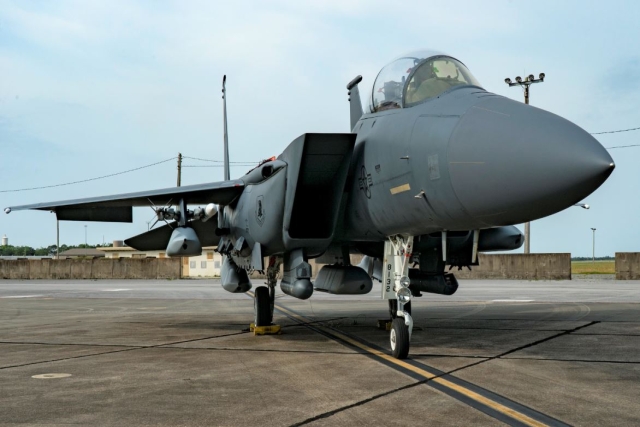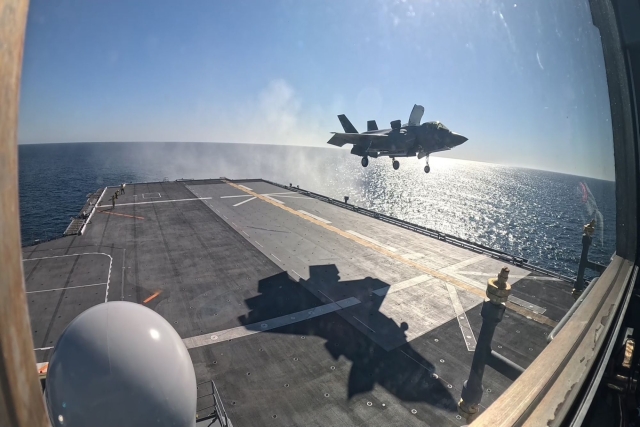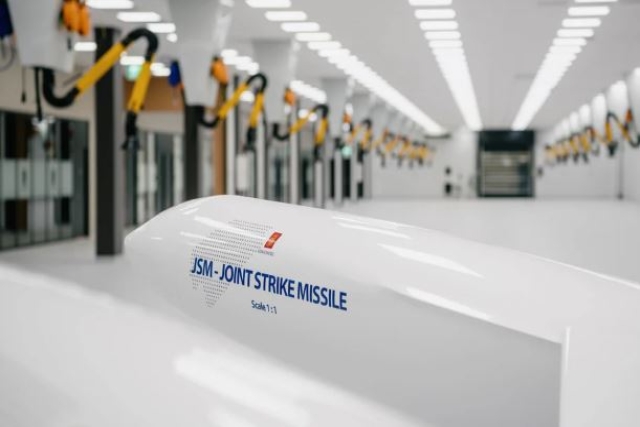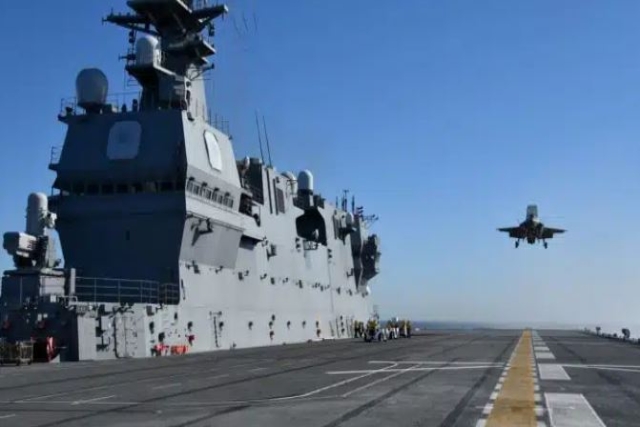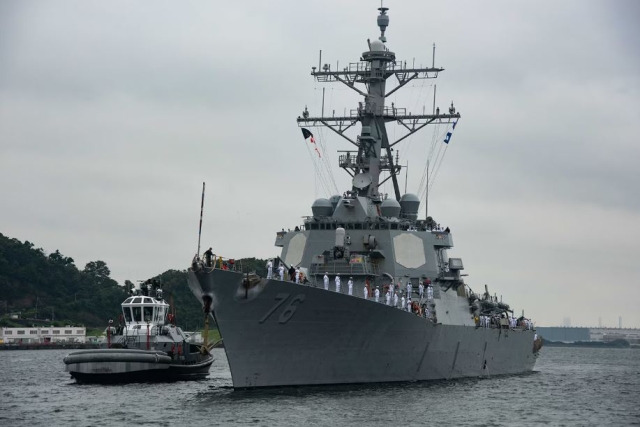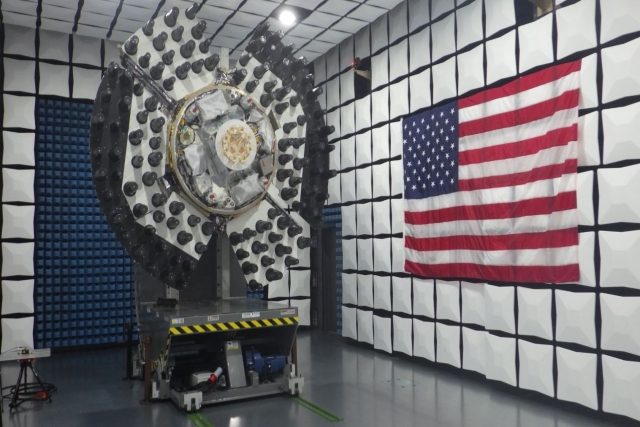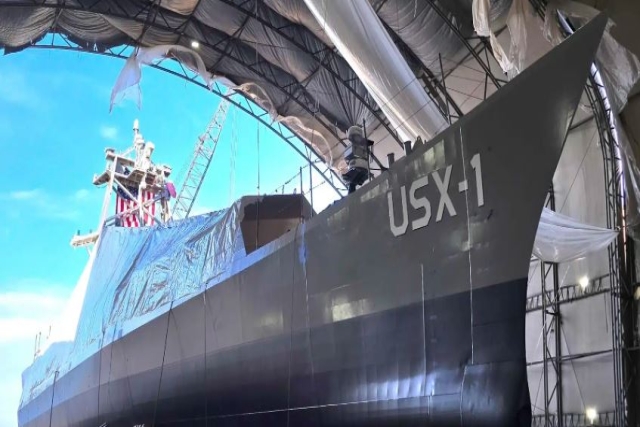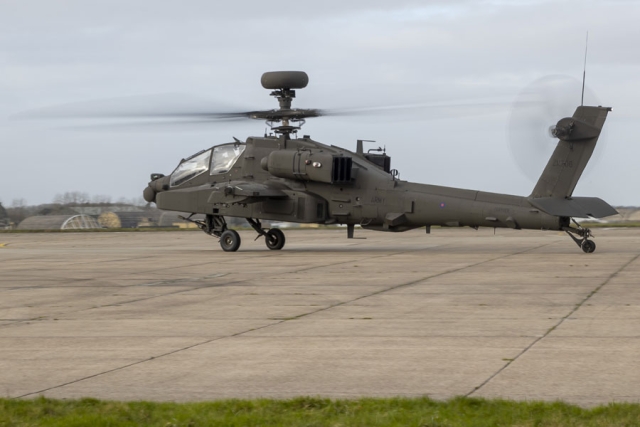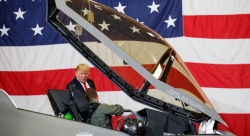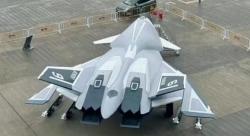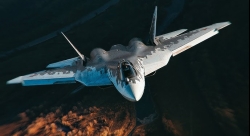Japan Resurrects Carrier-based Aviation as Three F-35B Aircraft Arrive from Pearl Harbor
First carrier-capable fighters since World War II land in Japan amid regional military build-up
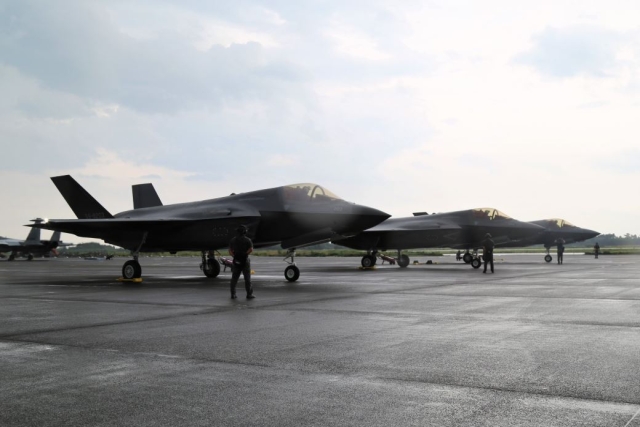
Japan has reintroduced carrier-based aviation for the first time since World War II with the arrival of three F-35B Lightning II fighter jets from the United States.
The aircraft flew under their own power from the U.S. Navy base at Pearl Harbor to Nyutabaru Air Base in Japan’s southern Miyazaki region, an ironic reversal of history given Japan’s attack on Pearl Harbor in December 1941. The jets are part of a 42-aircraft order for the short take-off and vertical landing variant of the Joint Strike Fighter.
A fourth F-35B, scheduled to arrive with the group, was delayed due to maintenance and inspection at Lockheed Martin’s facility in the U.S., with no confirmed delivery date.
The three aircraft are assigned to a provisional Japan Air Self-Defense Force (JASDF) squadron and will operate from both land and Japan’s Izumo-class helicopter destroyers, JS Izumo (DDH-183) and JS Kaga (DDH-184). Until now, these ships had only launched U.S.-operated F-35Bs during joint exercises. Izumo is completing modifications to fully support the jets, while Kaga is participating in drills alongside the U.S. and U.K. carrier strike groups.
Each F-35B is equipped with AN/APG-81 AESA radars capable of detecting air targets at approximately 70 km and ground targets such as tanks or infantry fighting vehicles at around 80 km in synthetic aperture mode. The aircraft also carry missile warning sensors, a multi-spectral EOTS targeting system, and are designed for operations in contested environments.
U.S. Marine Corps pilots ferried the jets to Japan and will also serve as instructors as the JASDF builds operational capability. Training plans, however, have triggered opposition from Kyushu residents. Initially, Japan’s Ministry of Defense planned to avoid vertical landing training at Nyutabaru due to noise concerns, opting instead for a facility on uninhabited Mageshima Island. Delays mean that facility will not be ready until 2030, forcing temporary training at Nyutabaru. A revised training plan is expected in September.
Japan aims to have eight F-35Bs by March 2026 and has ordered 105 F-35As in addition to its 42 F-35Bs, making it the largest operator of the fighter outside the U.S. once deliveries are complete.
Globally, other nations are also expanding F-35B fleets. Singapore expects delivery of 12 F-35Bs from 2026, Italy plans 40 for its navy and air force, and the U.K. is steadily increasing its fleet despite recent emergency landing incidents during Indo-Pacific operations.

